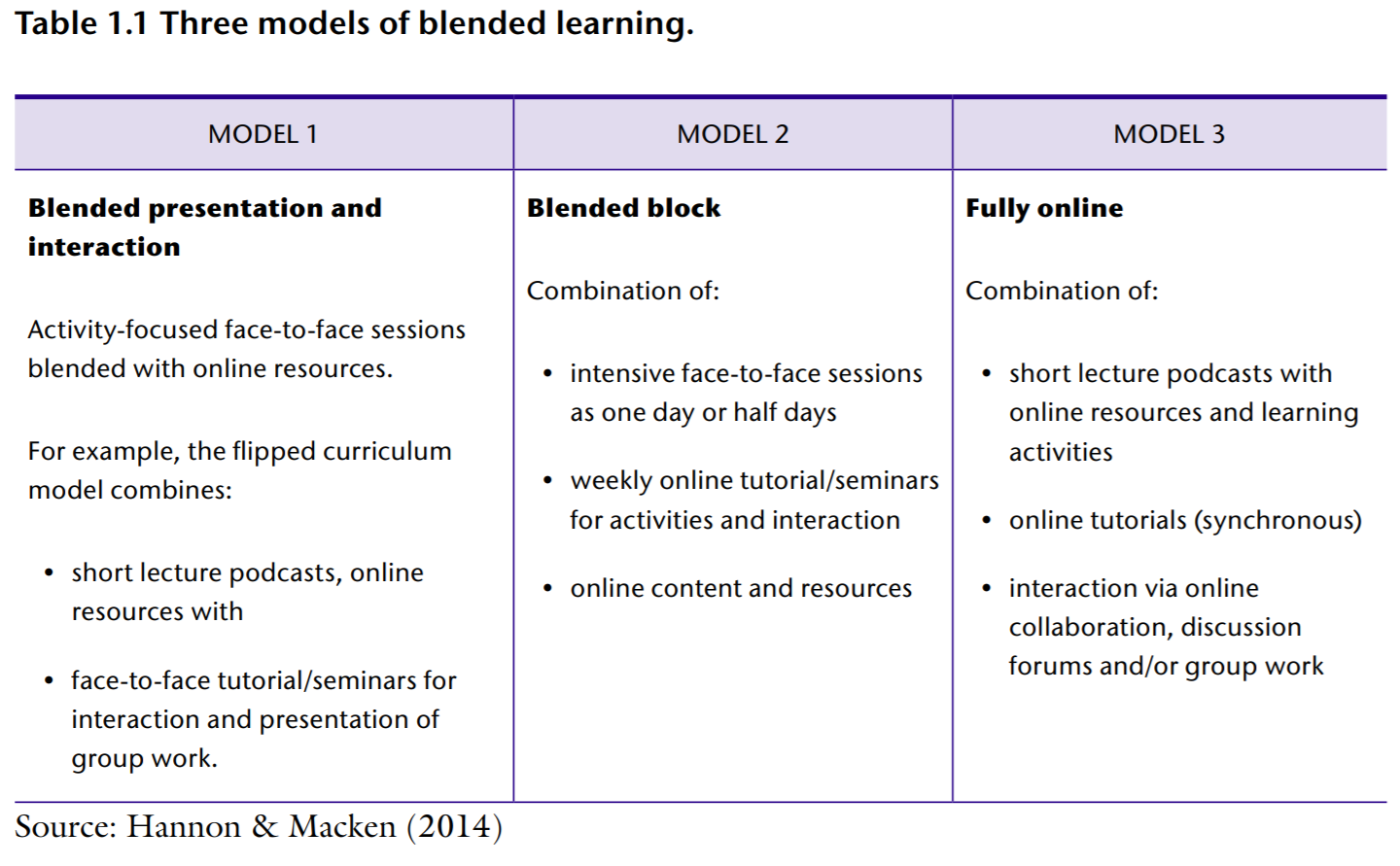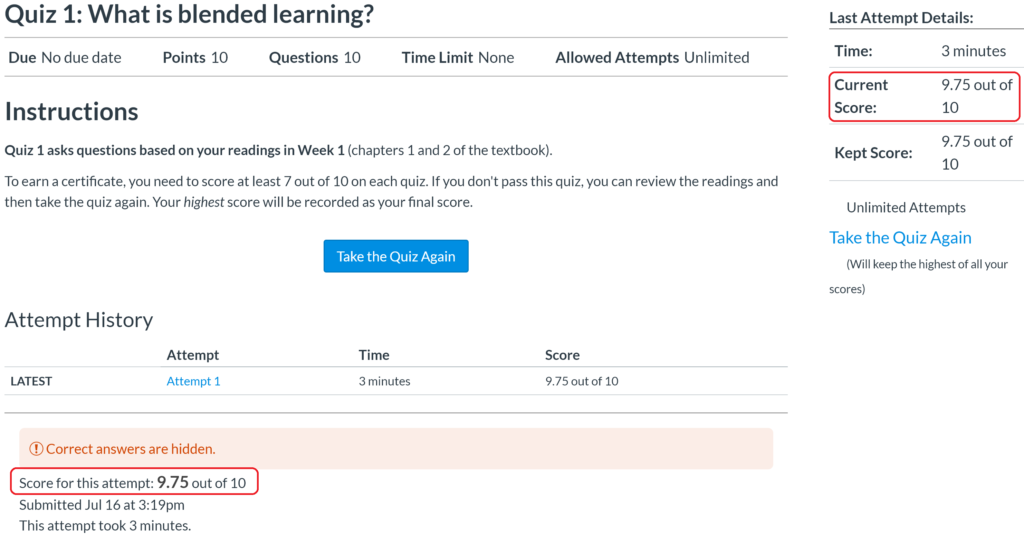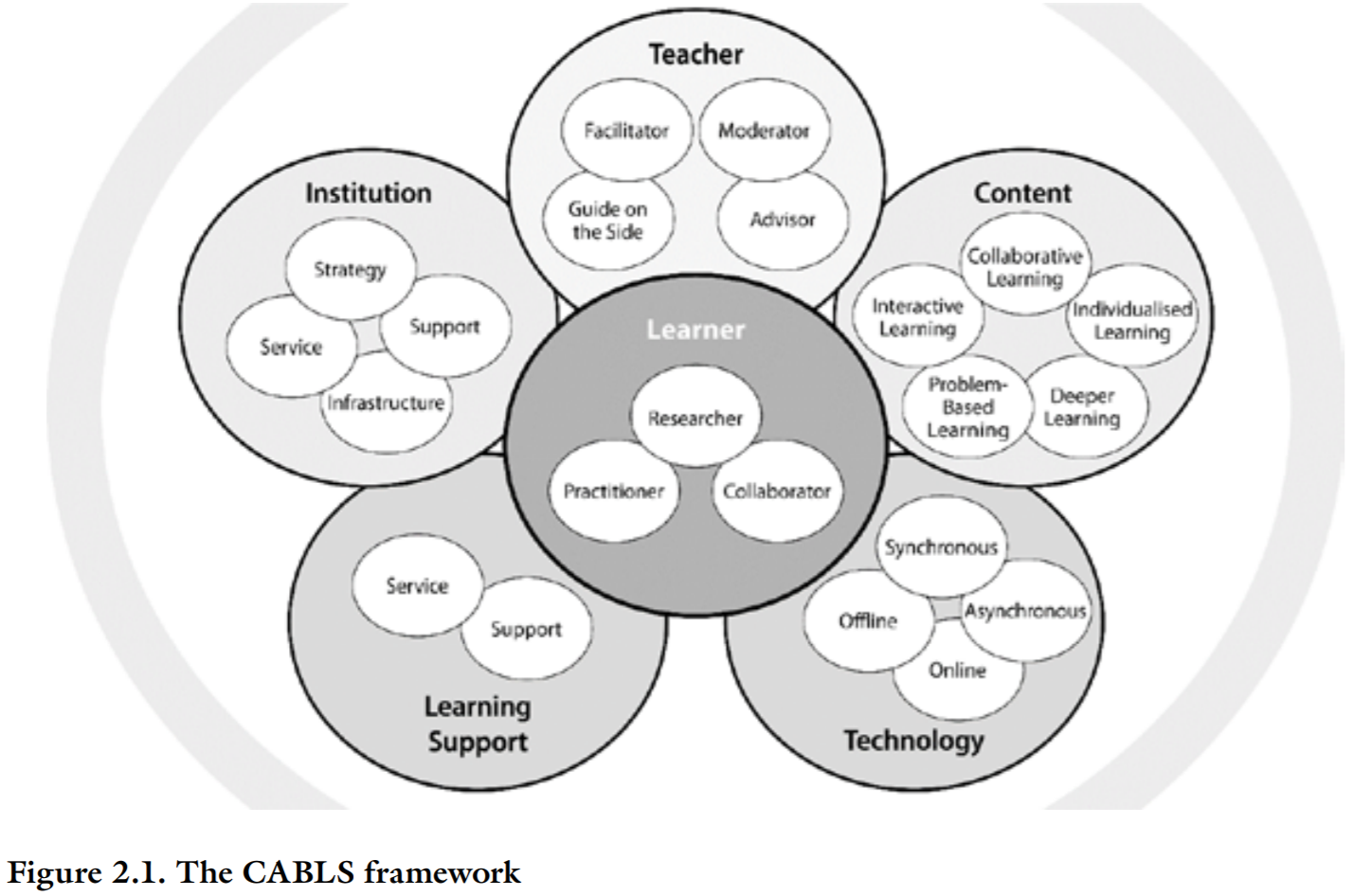What is Blended Learning? -Blended Learning Practice MOOC Wk 1
The following post has been completed as part of my personal reflection as I work through the Blended Learning Practice MOOC ; a partnership between Commonwealth of Learning and Athabasca University. Any images, tables, or direct quotes (as indicated with the appropriate formatting) are provided from the specific course or webinar and can be credited to: Blended Learning Practice MOOC. (2020). https://www.blpmooc.org/
This week not only saw the start of the ISTE Summer Learning Academy but also Week 1 of the Blending Learning Practice MOOC. This “massive open online course” was originally introduced to me by a colleague in Manitoba Ed who knew of my interest in learning more about online instruction; specifically a focus on pedagogy, content delivery, assessment, and relationships in the online space. To be honest, part of my feels like I am back in my M.Ed with two courses going on at the same time but it is a good feeling to be challenging myself and learning more about a field that can assist in our pandemic teaching scenarios.
Exploring Blended Learning Practice
- understand blended learning as an emerging form of education, how it has and can be used,
- compare multiple definitions of blended learning, their implications and uses,
- describe the rationale for blended learning in schools and universities,
- evaluate the many documented and potential benefits of blended learning, and
- evaluate the many documented and potential challenges of blended learning.
Read Chapter 1 of the Blended Learning Guidebook.
- Blended learning is defined as the combination of traditional teaching methods and online learning for students during the length of a course or programme.
- Sometimes called hybrid, mixed-mode, or flipped learning
- Quality blended learning does not see traditional and online components independent but integrated with the some outcomes in mind


- Benefits of blended learning include:
- opportunity for collaboration reglardless of location
- increased flexibility (anytime – anywhere)
- increased interaction (teacher to student, student to teacher, student to student)
- enhanced learning
- digital citizenship and literacy development
- Technology integration is not automatically blended learning
- Potential challenges of blended learning:
- Access to technology: connectivity, devices, bandwidth, etc
- Design: pedagogical principles of both f-2-f and online
- Safety & security of the online space(s)
- Skill development, support, and training of both teachers and students
- Motivation of students
REFLECT: Where would blended learning work for you?
Blended learning allows increased opportunity to meet the needs of my staff:
– around their own schedule (due to a shortage of subs I often meet with staff on the prep periods, PLC time, lunch breaks which can make scheduling difficult)
– with more purposeful follow-up (teachers will return to their students and class following our meeting, blended options would easily allow reflection and follow-up activities to reinforce the content of our discussion)
– safely (full school or division sessions that I put on can include hundreds of participants; blended learning options would allow for these sessions to be organized in a way to adhere to physical distancing guidelines)
Theories Supporting Blended Learning
- describe the Complex Adaptive Blended Learning System (CABLS),
- describe the Community of Inquiry (CoI) framework for blended learning,
- review 7 blended learning activity structures commonly used in education, and
- compare different levels of integrating technology into learning.
Read Chapter 2 of the Blended Learning Guidebook.
- Complex Adaptive Blended Learning System (CABLS)
- A 6-element system, with learners at the center, where all elements dynamically interact with one another.
- Community of Inquiry Framework (CoI)
- Based on John Dewy, constructivist
- Convergence of 3 presences: cognitive, teaching, social
- Inquiry-based teaching
- requires a focus on providing meaningful engagement opportunities rather than direct instruction about content
- Explicit learning processes
- 1. Use Qs for the learner to identify relationships between concepts/variables
- 2. Qs are presented and learners develop a path to find the answers
- 3. Topic is presented, learners pose their own questions and find a path to the answer (teacher as facilitator)

- Seven Structures for Blended Learning
- 1. Blended F-2-F
- Classroom-based
- Many activities replaced with online options
- F-2-F used for higher-level activities
- 2. Blended Online
- Online-based
- Students come in for certain activites/labs
- 3. Flipped Classroom
- Sub-model of 1 & 2
- Students watch lecture at home then come in to do an activity/discussion
- 4. Rotation Model
- Stations/centers that offer both online and F-2-F activities on site
- 5. Self-Blend Model
- Students develop a timetable where some courses they pick are F-2-F and some are online
- 6. Blended MOOC
- In-class discussions/activities to suppliment a public MOOC
- 7. Flexible Mode Course
- All content/activities are presented in both models and students pick and choose which model they’d like to use
- 1. Blended F-2-F
- 4 Levels of SAMR
Week 1 Quiz Results

Read all the posts from the Blended Learning Practice MOOC



11 thoughts on “What is Blended Learning? -Blended Learning Practice MOOC Wk 1”